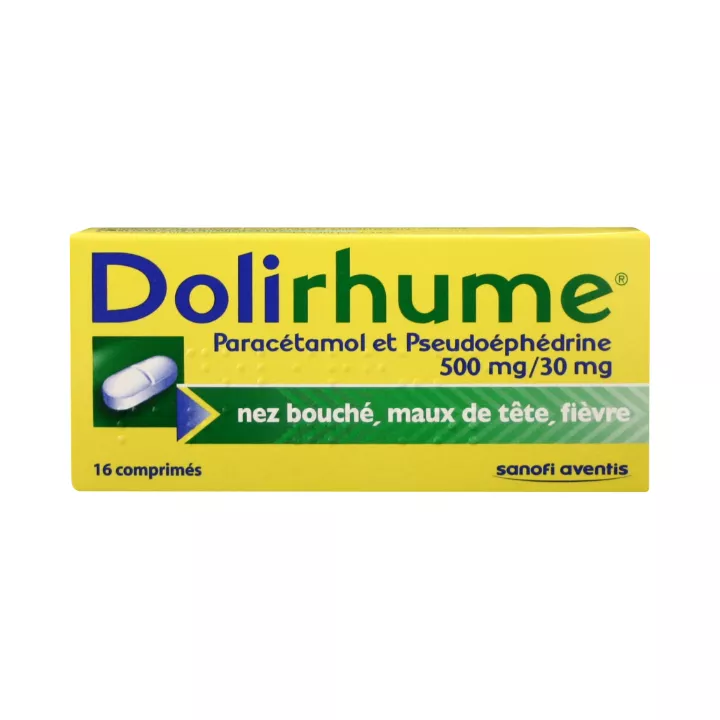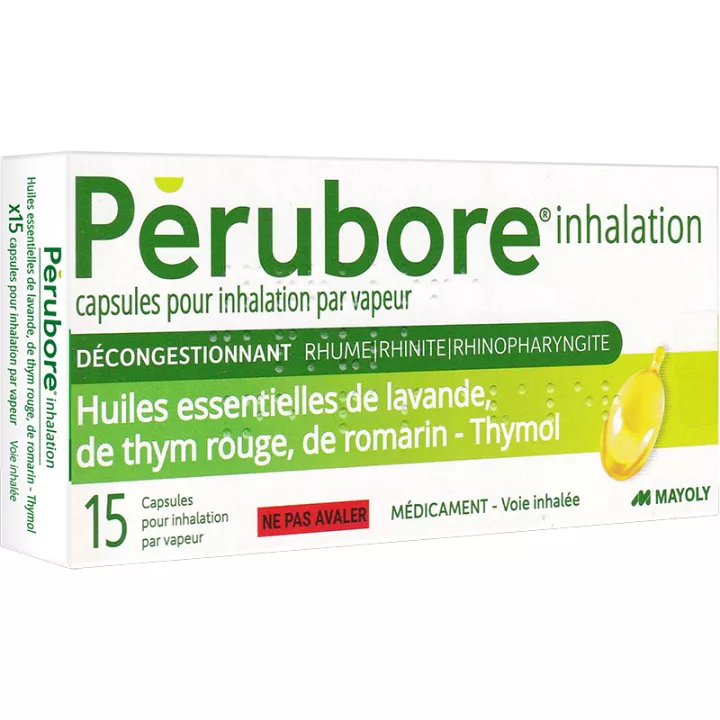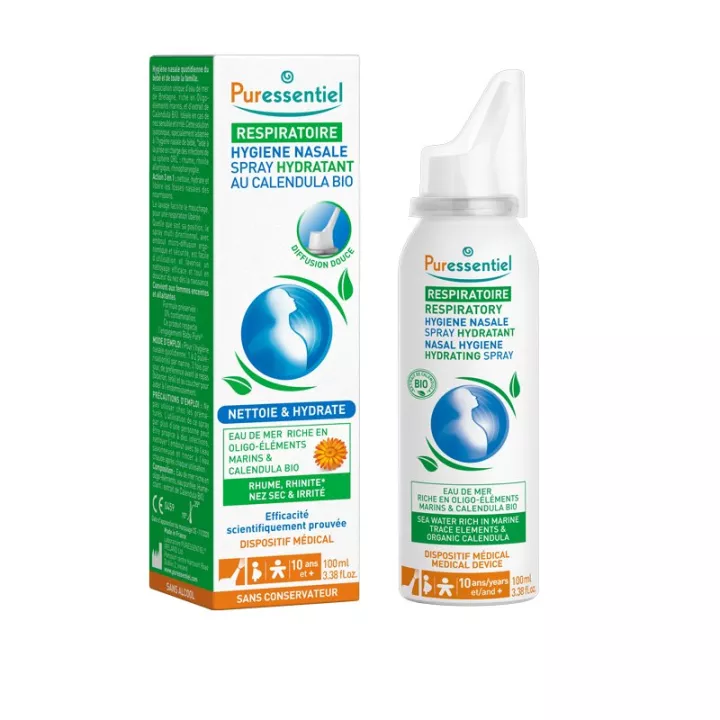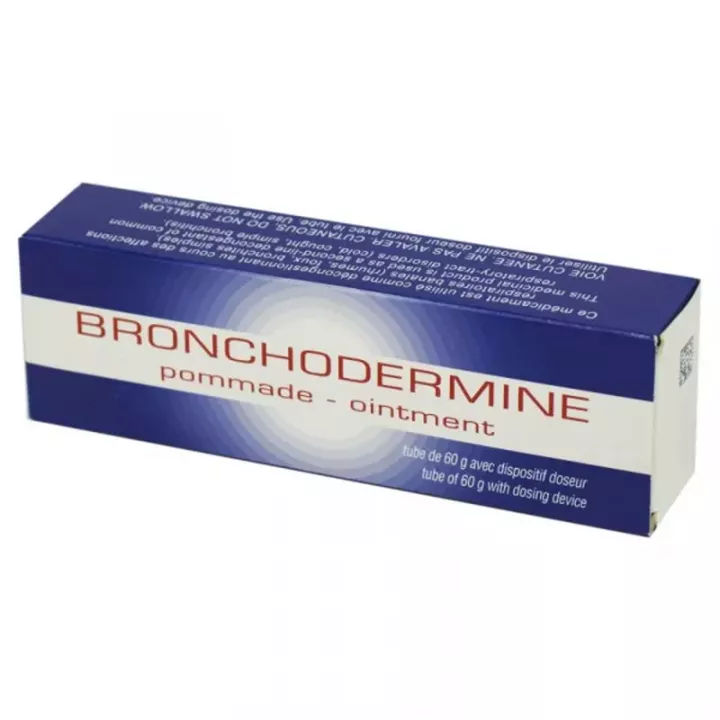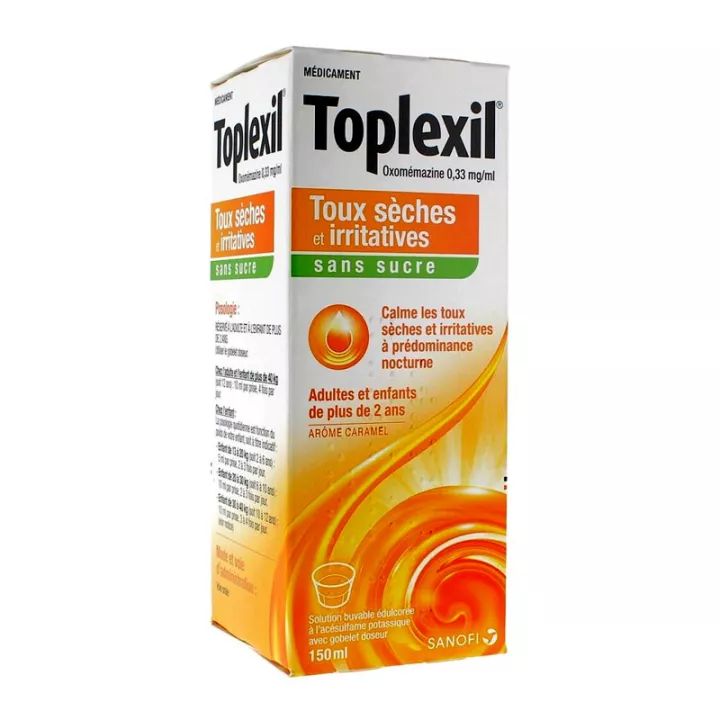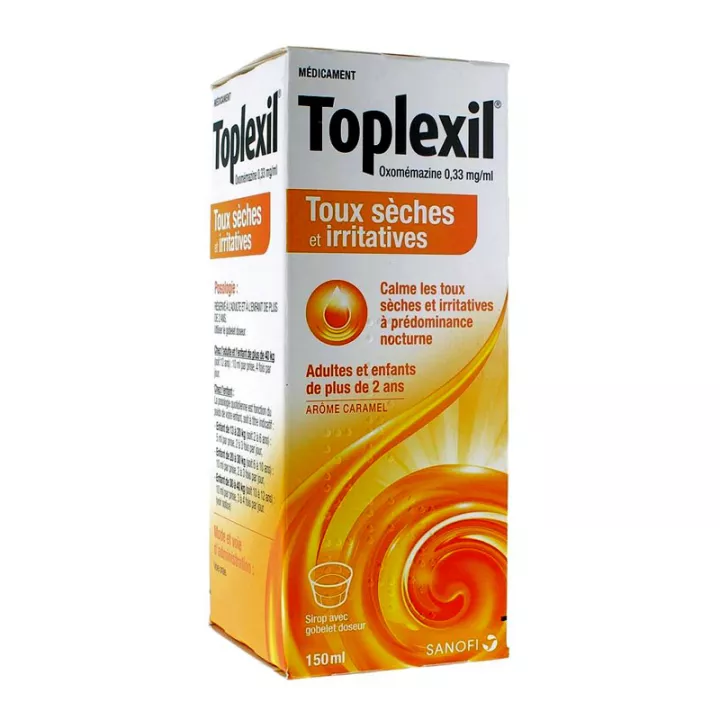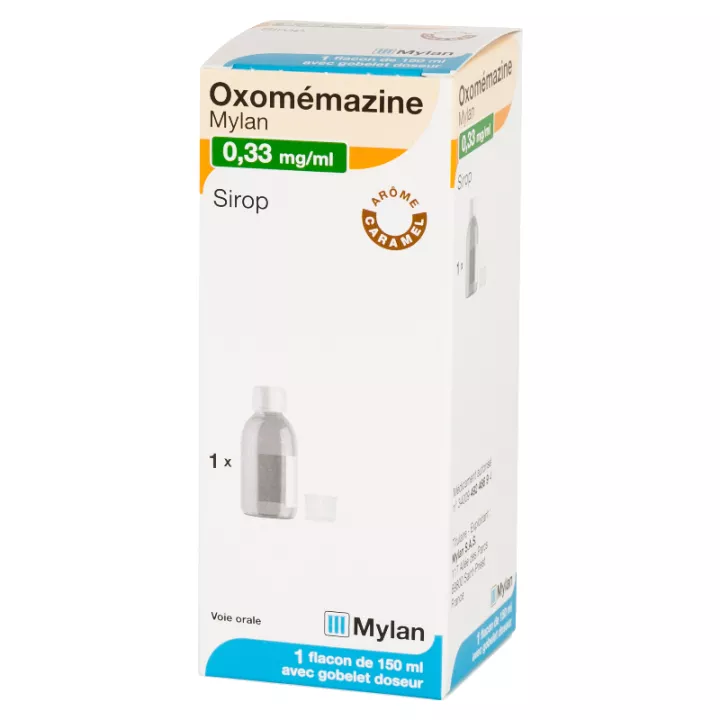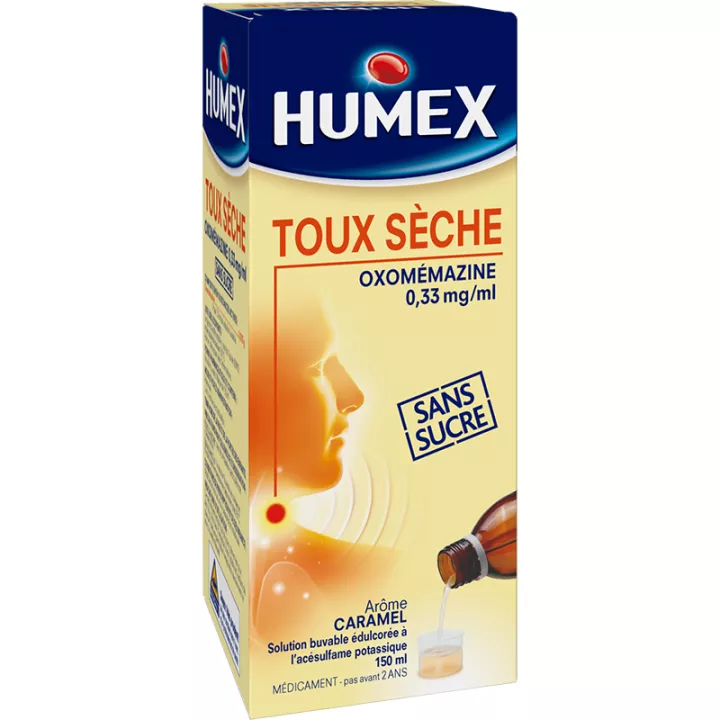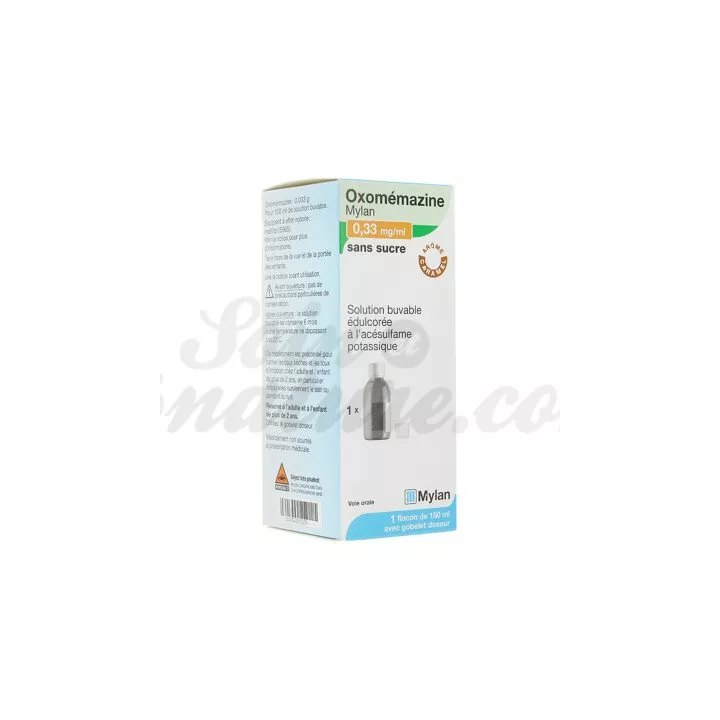NOTICE
ANSM - Updated on: 02/06/2017
Name of the medicinal product
DOLIRHUME PARACETAMOL AND PSEUDOEPHEDRINE 500 mg / 30 mg tablet
Paracetamol , pseudoephedrine hydrochloride
framed
Please read this leaflet carefully before you start taking this medicine because it contains important information for you.
You should always take this medication exactly as prescribed in this leaflet or by your doctor or pharmacist.
· Keep this leaflet. You might need to read it again.
· Ask your pharmacist for advice or information.
· If you experience any of the side effects, talk to your doctor or pharmacist. This also applies to any side effects not mentioned in this leaflet. See section 4.
· You should contact your doctor if you experience no improvement or feel less well after 5 days.
Do not use this medication for children.
What is in this leaflet?
1. What is DOLIRHUME PARACETAMOL AND PSEUDOEPHEDRINE 500 mg / 30 mg, tablet and in which cases it is used?
2. What should I know before taking DOLIRHUME PARACETAMOL AND PSEUDOEPHEDRINE 500 mg / 30 mg tablet?
3. How to take DOLIRHUME PARACETAMOL AND PSEUDOEPHEDRINE 500 mg / 30 mg tablet?
4. What are the possible side effects?
5. How to store DOLIRHUME PARACETAMOL AND PSEUDOEPHEDRINE 500 mg / 30 mg tablet?
6. Package contents and other information.
1. WHAT DOLIRHUME PARACETAMOL AND PSEUDOEPHEDRINE 500 mg / 30 mg, tablet AND WHAT CASES IS IT USED FOR?
Pharmacotherapeutic group - ATC code: DECONGESTIONNANTS FOR SYSTEMIC USE, ATC code: R01BA52.
This medicinal product contains 2 active substances:
· paracetamol which calms the pain and decreases the fever,
· pseudoephedrine, vasoconstrictor decongestant that allows to clear the nose.
This medication is used during colds if you have a stuffy nose, headaches and / or fever.
This medication is for adults and adolescents over 15 years of age.
2. BEFORE YOU TAKE DOLIRHUME PARACETAMOL AND PSEUDOEPHEDRINE 500 mg / 30 mg tablet?
Never take DOLIRHUME PARACETAMOL AND PSEUDOEPHEDRINE 500 mg / 30 mg tablets:
· In children under 15 years of age.
· If you are allergic to any of the active ingredients (paracetamol or pseudoephedrine) or to any of the other ingredients of DOLIRHUME PARACETAMOL AND PSEUDOEPHEDRINE 500 mg / 30 mg tablets. You will find the list of ingredients in the "What DOLIRHUME PARACETAMOL AND PSEUDOEPHEDRINE 500 mg / 30 mg tablet contains" section.
· If you are allergic to wheat as this medicine contains wheat starch.
· If you have ever had a stroke.
· If you have a serious or poorly controlled blood pressure medication.
· If you have a serious heart artery disease (severe coronary insufficiency).
· If you have high pressure inside the eye (glaucoma).
· If you have difficulty urinating from prostatic or other sources.
· If you have (or have had) convulsions.
· If you have severe liver disease (hepatocellular insufficiency).
· If you are breastfeeding.
· In combination with non-selective MAOIs due to the risk of paroxysmal hypertension and fever (hyperthermia) that may be fatal.
· If you are taking any other vasoconstrictor drug, make sure that the combination with DOLIRHUME PARACETAMOL AND PSEUDOEPHEDRINE 500 mg / 30 mg tablet is not contraindicated (See the paragraph "Other medicines and DOLIRHUME PARACETAMOL AND PSEUDOEPHEDRINE 500 mg / 30 mg, tablet "), due to the risk of vasoconstriction and / or hypertensive outbreaks.
· In combination with alpha sympathomimetics: vasoconstrictors intended to relieve the nose, whether administered orally or nasally (etilefrin, midodrine, naphazoline, oxymetazoline, phenylephrine, synephrine, tetryzoline, tuaminoheptane, tymazoline) because of the risk of vasoconstriction and / or hypertension.
The combination of two decongestants is contraindicated, regardless of the route of administration (oral and / or nasal): such an association is unnecessary and dangerous and corresponds to misuse.
Warnings and Precautions
Talk to your doctor or pharmacist before taking DOLIRHUME PARACETAMOL AND PSEUDOEPHEDRINE 500 mg / 30 mg tablets .
Take special care with DOLIRHUME PARACETAMOL AND PSEUDOEPHEDRINE 500 mg / 30 mg tablet:
DO NOT LEAVE THIS MEDICATION FOR CHILDREN.
· It is imperative to strictly observe the dosage, the duration of treatment of 5 days and the contraindications.
· In case of overdosage or mistake of too high a dose (higher than the recommended dose), consult your doctor immediately.
· Taking paracetamol may cause liver function problems.
· The consumption of alcoholic beverages during treatment is discouraged.
· In the event of recent withdrawal from chronic alcoholism, the risk of hepatic impairment is increased.
Tell your doctor before taking this medicine if any of the following conditions apply to you:
· If you have high blood pressure,
· If you have heart disease,
· If your thyroid works excessively (hyperthyroidism),
· If you have personality disorders,
· If you are diabetic,
· If you weigh less than 50 kg,
· If you have a liver disease or a serious kidney disease,
· If you drink alcohol frequently or have stopped drinking alcohol,
· If you suffer from dehydration,
· If you suffer from chronic malnutrition, if you are in a fasting period, if you have lost a lot of weight recently, if you are over 75, or if you are over 65 and have long-term illnesses , if you are infected with the AIDS virus or chronic viral hepatitis, if you have cystic fibrosis (genetic and hereditary disease characterized by severe respiratory infections), or if you have Gilbert's disease (hereditary disease associated with increased bilirubin levels in the blood),
· If you are allergic to aspirin and / or nonsteroidal anti-inflammatory drugs,
· If you have (or have had) epilepsy or convulsions.
Tell your doctor if you are taking:
· a selective MAO-A (moclobemide, toloxatone), a drug prescribed in some depressive states,
· a medicine containing an alkaloid of rye ergot:
o dopaminergic, such as bromocriptine, cabergoline, lisuride or pergolide, drugs used to treat Parkinson's disease or to prevent the rise of breast milk,
o vasoconstrictor, such as dihydroergotamine, ergotamine, methylergometrine and methysergide, medicines to treat migraine and certain genital bleeding
· an antibiotic, linezolid,
· a drug that may cause convulsions.
If you are in any of the following situations, you should stop treatment and contact your doctor immediately:
· sensation of acceleration of the heartbeat,
· palpitations,
· pain in the chest,
· headaches or if your headaches increase,
· nausea,
· behavioral disorders,
· increase in blood pressure,
· in the case of acute viral hepatitis.
Consult your doctor if you experience any of the following:
· flow from the nose thick to yellowish,
· persistent fever,
· no improvement beyond 5 days of treatment.
If you must have an anesthetic, stop the treatment with this medication and tell the anesthesiologist.
IN CASE OF DOUBT, DO NOT HESITATE, ASK THE OPINION OF YOUR PHYSICIAN OR PHARMACIST.
Other medicines and DOLIRHUME PARACETAMOL AND PSEUDOEPHEDRINE 500 mg / 30 g, tablet
Inform your doctor or pharmacist if you are taking, have recently taken or may take any other medicines.
This medicine contains paracetamol and pseudoephedrine. Other medicines contain it. In order not to exceed the recommended daily dose, do not associate with other medicinal products containing paracetamol or other vasoconstrictor (oral or nasal) (see section "Taking or using other medicinal products"). If you are taking any other medicines containing these substances, you should first seek advice from your doctor or pharmacist.
You should never take DOLIRHUME PARACETAMOL AND PSEUDOEPHEDRINE 500 mg / 30 mg, tablet concurrently with:
· vasoconstrictors whether oral or nasal (phenylephrine (alias neosynhephrine), pseudoephedrine, ephedrine, elelefrin, midodrine, naphazoline, oxymetazoline, synephrine, tetryzoline, tuaminoheptane, tymazoline), medicines used to release the nose,
· methylphenidate, a medicament for treating attention disorder with hyperactivity,
· a non-selective MAO-A (iproniazide), a drug used to treat certain depressions,
· a drug that may cause convulsions.
It is not recommended to use this medication if you are already treated:
· by a selective MAO-A drug, a drug prescribed in some depressive states,
· and / or other medicinal products:
o dopaminergic agents, such as bromocriptine, cabergoline, lisuride or pergolide, drugs used to treat Parkinson's disease or to prevent the rise of breast milk,
o vasoconstrictor, such as dihydroergotamine, ergotamine, methylergometrine and methysergide, medicines to treat migraine and certain genital bleeding,
· by linezolid, an antibiotic.
If you are taking oral anticoagulant therapy (warfarin or AVK), taking paracetamol at maximum doses (4 g / day) for more than 4 days requires enhanced monitoring of biological examinations including INR. In this case, consult your doctor.
The effectiveness of paracetamol may be reduced if you take concomitant resins - a drug that lowers blood cholesterol levels (observe an interval of more than 2 hours between the two).
If you are receiving paracetamol, a treatment with flucloxacillin (an antibiotic), you are at risk of metabolic acidosis (blood too acid causing an acceleration of the respiratory rate).
The toxicity of paracetamol can be increased if you take:
· drugs potentially toxic to the liver,
· drugs that promote the production of the toxic metabolite of paracetamol such as anti-epileptic drugs (phenobarbital, phenytoin, carbamazepine, topiramate),
· rifampicin (an antibiotic),
· at the same time alcohol.
Tell your doctor that you are taking this medication if you decide to prescribe a blood test to measure your uric acid level or sugar level.
DOLIRHUME PARACETAMOL AND PSEUDOEPHEDRINE 500 mg / 30 mg, tablet with food, beverages and alcohol
Not applicable.
Pregnancy and breast feeding
You should not take this medication if you are pregnant unless your doctor tells you otherwise.
This medicine contains an active substance (pseudoephedrine) that passes into breast milk. Do not take this medication if you are breast-feeding because of possible effects in the infant.
Ask your doctor or pharmacist for advice before taking any medicine.
Sport
Sportsmen, attention: this specialty contains an active principle (pseudoephedrine) which can induce a positive reaction of the tests performed during the doping controls.
Driving and using machines
Not applicable.
DOLIRHUME PARACETAMOL AND PSEUDOEPHEDRINE 500 mg / 30 mg, tablet contains wheat starch and lactose.
· This medication contains a sugar (lactose) which decomposes into galactose and glucose. Its use is not recommended in patients with galactose intolerance, Lapp lactase deficiency or glucose or galactose malabsorption syndrome (rare hereditary diseases). If your doctor has already told you that you have an intolerance to certain sugars , contact your doctor before taking this medicine.
· This medicine contains wheat starch. Wheat starch can contain gluten, but only trace, and is therefore considered safe for people suffering from celiac disease. It can therefore be used if you have celiac disease.
3. HOW TO TAKE DOLIRHUME PARACETAMOL AND PSEUDOEPHEDRINE 500 mg / 30 mg, tablet?
Dosage
The usual dose is 1 to 2 tablets per dose, to be renewed 3 times a day, with an interval of at least 4 hours between each dose, without exceeding 6 tablets per day.
Always take the dose indicated in this leaflet.
NEVER TAKE MORE THAN 4 GRAMS OF PARACETAMOL PER DAY (taking all medicines containing paracetamol into their formula).
· Special situations:
The maximum daily dose of paracetamol should not exceed 60 mg / kg / day (not to exceed 3 g / day) in the following situations:
· if you weigh less than 50 kg,
· if you have a liver disease or serious kidney disease,
· if you frequently drink alcohol or have stopped drinking alcohol recently,
· if you suffer from dehydration,
· if you suffer from chronic malnutrition, if you are in a fasting period, if you have lost a lot of weight recently, if you are over 75, or if you are over 65 and have long-term illnesses , if you have AIDS or chronic viral hepatitis, if you suffer from cystic fibrosis (genetic and hereditary disease characterized by severe respiratory infections), or if you have Gilbert's disease (hereditary disease associated with an increase in the level of bilirubin in the blood)
Check with your doctor or pharmacist if in doubt.
Administration mode
This medication is used orally.
You should swallow the tablets as is with a glass of water.
Special category of patients
If you have severe kidney disease (severe renal impairment), you should consult your doctor before taking this medication. If your doctor prescribes this medicine, the dosage will be at least 8 hours apart.
Duration of treatment
· The maximum duration of treatment you should never exceed is 5 days.
· Do not continue treatment without your doctor's advice if you do not feel better or if the symptoms persist after 5 days of treatment.
I f you have taken more DOLIRHUME AND PSEUDOEPHEDRINE Paracetamol 500 mg / 30 mg tablets than you should:
CONSULT YOUR DOCTOR OR MEDICAL EMERGENCY IMMEDIATELY.
Because of the presence of paracetamol:
Overdosage may lead to liver disease (hepatic impairment), gastrointestinal bleeding, brain disease (encephalopathy), coma, or even death, including in the most at risk populations such as young children, the elderly and in some situations described in "Take special care with DOLIRHUME PARACETAMOL AND PSEUDOEPHEDRINE 500 mg / 30 mg tablet" (liver disease, alcoholism, chronic malnutrition ...).
Within the first 24 hours, the main symptoms of poisoning are: nausea, vomiting, loss of appetite, abdominal pain, pallor.
Overdosage may also include: pancreatic disease (pancreatitis), hyperamylaseemia (increased blood amylase), kidney disease (acute renal failure), and a blood problem in which red blood cells, blood cells white and platelets are all reduced in number resulting in:
· Tiredness, shortness of breath and pallor;
· Frequent infections such as fever, severe chills, sore throat or ulcers of the mouth;
· A tendency to bleed or present spontaneous bruising, nose bleeds.
Immediately consult your doctor or pharmacist.
If you forget to take DOLIRHUME PARACETAMOL AND PSEUDOEPHEDRINE 500 mg / 30 mg, tablet:
Do not take a double dose to make up for a missed dose.
If you stop taking DOLIRHUME PARACETAMOL AND PSEUDOEPHEDRINE 500 mg / 30 mg tablet:
Not applicable.
4. WHAT ARE POSSIBLE SIDE EFFECTS?
Like all medicines, this medicine may cause side effects, although not everybody gets them.
Possible allergic reactions with any of the active ingredients or any of the other ingredients of this medication.
Due to the presence of pseudoephedrine, the following side effects may occur:
· A sensation of acceleration of the heartbeats,
· Palpitations, sweating,
· An increase in blood pressure (hypertension),
· A stroke (ischemic stroke),
· A myocardial infarction,
· Headaches, nausea, vomiting,
· Behavioral disorders,
· A crisis of glaucoma (increased pressure in the eye) in people at risk,
· Urinary disorders (significant decrease in urine, difficulty urinating),
· A dry mouth,
· Inflammation of the large intestine caused by insufficient blood supply (ischemic colitis),
· Anxiety,
· Manic symptoms such as insomnia, irritability and mood swings, overestimation of self, increased activity or restlessness, acceleration of thought, flow of speech and tendency to distraction.
· Convulsions, hallucinations, agitation, anxiety, insomnia. These effects occur especially in children.
· Red patches on the skin with or without itching, itching with or without red patches on the skin,
· Exceptionally, this medication may cause stroke (haemorrhagic strokes), especially if you do not follow contraindications or warnings, and / or if you have vascular risk factors (see "Never take DOLIRHUME PARACETAMOL AND PSEUDOEPHEDRINE 500 mg / 30 mg, tablet "and" Take special care with DOLIRHUME PARACETAMOL AND PSEUDOEPHEDRINE 500 mg / 30 mg tablet ").
· Redness generalized to the whole body with pustules and accompanied by fever (general acute exanthematic pustulosis).
If you are in any of the following situations, stop treatment immediately and tell your doctor.
Because of the presence of paracetamol, the following side effects may occur:
· Rarely, an allergic reaction may occur:
o pimples and / or redness on the skin,
o urticaria,
o abrupt swelling of the face and neck which may cause difficulty breathing (angioedema)
o malaise with severe drop in blood pressure (anaphylactic shock).
If an allergy occurs, you should immediately stop taking this medication and consult your doctor promptly. In the future, you should never take medicines containing paracetamol.
· Very rare cases of serious adverse reactions have been reported.
· Exceptionally, this drug may decrease the number of certain cells in the blood: white blood cells (leucopenia, neutropenia), platelets (thrombocytopenia) that can manifest themselves by bleeding from the nose or gums. In this case, consult a doctor.
· Other possible adverse reactions (the frequency of which can not be estimated from the available data): liver function disorders, severe reduction in certain white blood cells that can cause serious infections (agranulocytosis), destruction of red blood cells in the blood (anemia hemolytic disorder in patients with glucose-6-phosphate dehydrogenase deficiency, rash in round red patches with itching and burning, leaving colored spots and appearing in the same places when the drug is resumed (fixed pigmented erythema). localized in the chest that can radiate to the left shoulder and the jaw of allergic origin (Kounis syndrome), difficulty breathing (bronchospasm).
In this case, consult a doctor.
Declaration of side effects
If you experience any side effects, talk to your doctor or pharmacist. This also applies to any side effects not mentioned in this leaflet. You can also report adverse reactions directly via the national reporting system: National Agency for the Safety of Medicines and Health Products (ANS + M) and network of Regional Centers of Pharmacovigilance
By reporting adverse reactions, you are helping to provide more information about the safety of the drug.
5. HOW TO STORE DOLIRHUME PARACETAMOL AND PSEUDOEPHEDRINE 500 mg / 30 mg tablet?
Keep this medicine out of the reach and sight of children.
Do not use this medicine after the expiry date which is stated on the package.
Store at a temperature not exceeding + 30 ° C.
Do not throw any medicines into drains or rubbish. Ask your pharmacist to remove any medications you are no longer using. These measures will help protect the environment.
6. PACKAGE CONTENTS AND OTHER INFORMATION
What DOLIRHUME PARACETAMOL AND PSEUDOEPHEDRINE 500 mg / 30 mg contains: tablet
· The active substances are:
Paracetamol................................................. .................................................. 500 mg
Pseudoephedrine hydrochloride ............................................... .................................... 30.00 mg
For one tablet
· The other components are:
Wheat starch, potato starch, sodium carboxymethyl starch, lactose, magnesium stearate.
What is DOLIRHUME PARACETAMOL AND PSEUDOEPHEDRINE 500 mg / 30 mg, tablet and contents of the pack?
This medicine comes in tablet form.
Each box contains 16 tablets.
Marketing Authorization Holder
SANOFI-AVENTIS FRANCE
82, AVENUE RASPAIL
94250 GENTILLY
Marketing Authorization Operator
SANOFI-AVENTIS FRANCE
82, AVENUE RASPAIL
94250 GENTILLY
Maker
SANOFI WINTHROP INDUSTRIE
ZI NORTH EAST
RUE EDOUARD BRANLY
14100 LISIEUX CEDEX
Names of the medicinal product in the Member States of the European Economic Area
Not applicable.
The last date on which this leaflet was revised is:
[to be completed later by the holder]
Other
Detailed information on this medicine is available on the ANSM website (France).
WHAT TO DO IN CHEMICALS?
The common cold is an acute benign infection that heals spontaneously in 7 to 10 days without treatment.
The nasal mucosa secretes a liquid whose role is to permanently moisten the inspired air and fight against the infectious agents.
When the mucous membrane is irritated, it swells and increases its usual secretion of liquid, it is said that the nose "flows".
The nasal discharge is initially very liquid then it thickens.
This thickening is not a sign of bacterial superinfection but corresponds to a normal course of the common cold.
Nasal discharge may include sneezing, tingling of the eyes, sore throat, coughing, headache and moderate fever (about 38 ° C).
What has to be done :
Carry out frequent washing of the nose with suitable washing solutions (physiological saline, sprays of thermal water or sea water) associated with nose blowing.
Avoid using the same tip for the whole family. Wash your hands after each nose or after contact with "contaminated" objects.
What you should not do :
· smoking or breathing the smoke of others,
· visiting a sensitive person (pregnant woman, young child, newborn, elderly person or person with decreased immune defenses) without wearing a mask.

